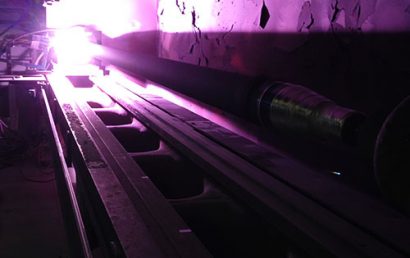6 Reasons To Use Electrically Conductive Coating
In today’s advanced technological landscape, safeguarding electronic devices from interference and ensuring optimal performance is paramount. An electrically conductive coating emerges as a crucial player in this sphere. But why is this coating so sought after? Here is an in-depth exploration of the multiple reasons that underscore its significance.
Protection Against Electrostatic Discharge (ESD)
One of the primary challenges in the realm of electronics is the potential damage from Electrostatic Discharge (ESD). Sudden discharges can impair the functionality of a device or even render it entirely non-operational. Applying an electrically conductive coating provides a controlled path for the static electricity, ensuring it dissipates without harming the device’s core components.
Enhanced Electromagnetic Compatibility (EMC)
Modern devices often operate amidst a host of other electronic gadgets. This means they are perpetually exposed to electromagnetic interference (EMI). Such interference can disrupt a device’s operations and even lead to data corruption. A conductive coating acts as a shield, preventing unwanted electromagnetic waves from penetrating the device, thus ensuring its smooth operation in crowded electronic environments.
Resistance to Corrosion
Metal components, particularly those in industrial settings or exposed to harsh environmental conditions, are susceptible to corrosion. A layer of electrically conductive coating not only provides a protective barrier against environmental factors but also reduces the possibility of corrosion by acting as a sacrificial layer. This dual functionality ensures that the underlying component remains both electrically efficient and physically intact for longer durations.
Thermal Management
With miniaturization trends in electronics, managing heat becomes increasingly crucial. Devices are packed with components that generate heat, and without adequate dissipation mechanisms, this can impair functionality. Electrically conductive coatings are often designed to double up as heat dissipators, ensuring that devices remain cool and operate at optimal efficiency.
Durability and Aesthetics
These coatings are not just about functionality; they also play a role in enhancing the visual appeal and durability of a product. For consumer electronics the finish and appearance can be a significant selling point. An electrically conductive coating can offer a sleek, glossy finish while simultaneously providing the device with a robust protective layer against scratches and minor dings.
Flexibility in Application
Conductive coatings are versatile. Depending on the requirements, they can be applied through various coating processes, ranging from spraying to dipping. Moreover, advancements in coating materials mean that these coatings can be tailored to meet specific conductivity, durability, and aesthetic requirements. This flexibility ensures that a wide array of components, irrespective of their shape, size, or function, can benefit from an electrically conductive coat.
The realm of electrically conductive coatings is vast and continuously evolving. As electronic devices become more integrated into our daily lives, the importance of safeguarding them against various forms of interference grows. Electrically conductive coatings offer a comprehensive solution, blending protection with enhanced functionality. From guarding against ESD to ensuring aesthetic appeal, these coatings underscore their indispensability in modern electronics. Investing in high-quality coatings and understanding their myriad benefits is a step forward in ensuring the longevity and optimal performance of electronic devices.



